Yokohama Rubber applying frictional behaviour knowledge to cold-weather tyre development
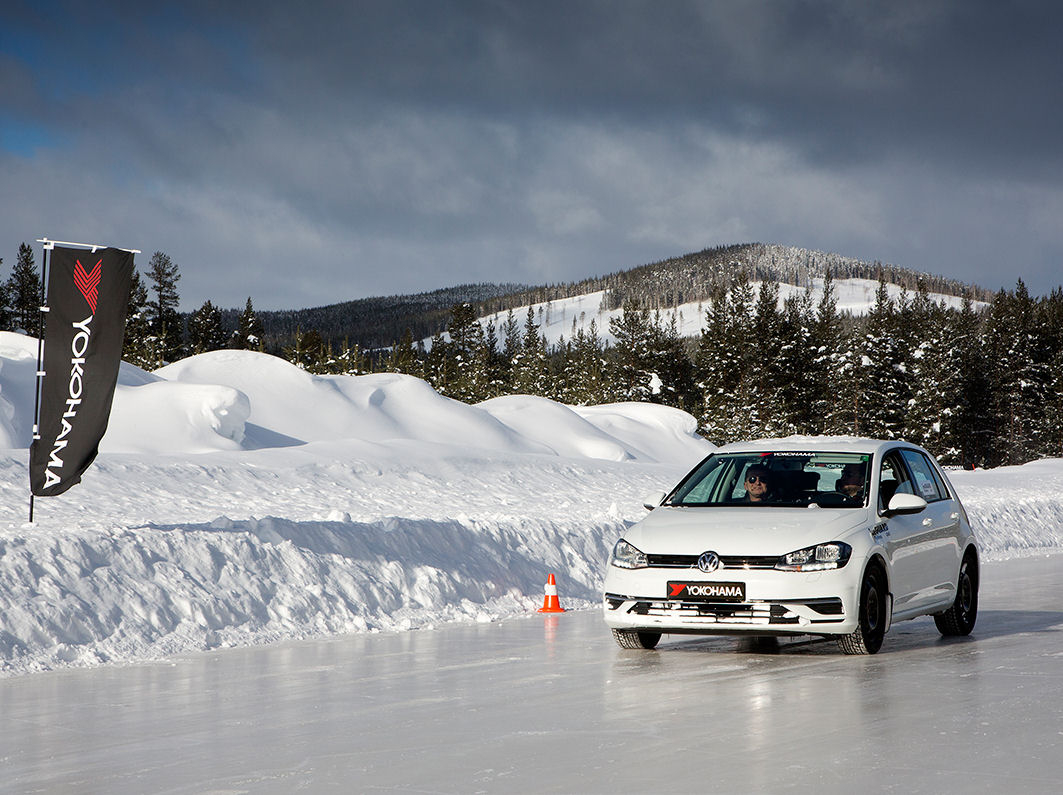 Yokohama Rubber expects the jointly-developed evaluation technology to result in dramatically improved ice performance
Yokohama Rubber expects the jointly-developed evaluation technology to result in dramatically improved ice performance
Pinpointing precisely where a winter tyre comes into contact with an icy road surface is surprisingly difficult. Yokohama Rubber partnered with Kanazawa University in Japan to identify this oft-allusive point of contact, and in a statement reports the development of an “evaluation technology that visualises rubber’s frictional state of contact on an icy surface.” Yokohama Rubber expects this evaluation technology to ultimately result in cold weather tyres with dramatically improved ice performance.
The technology’s influence on a tyre’s handling and ability to stop on icy surfaces should be twofold: First, the tyre maker foresees it facilitating the development of new compounding agents with improved water absorbency. A second anticipated benefit is tread pattern designs that evacuate water from the contact patch more effectively.
Providing background information on its collaboration with associate professor Iwai’s team within the tribology laboratory at Kanazawa University’s College of Science and Engineering, Yokohama Rubber explains that when tyres run on ice, grip is reduced due to the presence of a watery film generated by the icy surface; this prevents the tyre from coming into firm contact with the road. Studless winter tyres typically employ water absorbing agents and tread patterns with high drainage performance to counter this watery film.
Yokohama Rubber notes that experts have previously struggled to distinguish between areas where water separates the tyre’s tread and the road surface from areas where the tread rubber is in direct contact with the road surface (the real contact area). As a result, accurately grasping the degree of real contact has proven difficult. To address this problem, the two research partners developed a specialised testing machine equipped with a high-speed camera that can identify the real contact area. Furthermore, by establishing an analytical technique for digitising contact images, Yokohama Rubber has succeeded in numerically evaluating the water absorbency and drainage of tyre rubber.
The testing machine is able to directly observe frictional behaviour between a rubber sample and ice (or a smooth transparent disc used to replicate ice) at speeds of up to 50 km/h. Its high-speed camera can take one million micro-level images per second of the tyre rubber’s contact area with the road surface. It also can simultaneously measure frictional force during the test.
When looking at images taken with the testing machine, the real contact area appears dark. Research shows that when testing with rubber that contains a water-absorbing agent, a much wider area appears dark than when testing with rubber that doesn’t contain the agent.
In addition, Yokohama Rubber reports that as a result of digitising the images with a newly-developed analytical technique to associate the contact area with the frictional force, it was revealed that the calculated numerical value has a high correlation with the frictional force of the rubber.
Technology applied to winter, all-season tyre development
Yokohama Rubber claims to be “using the new technology widely” in its development of a broad range of winter tyres, from studless snow tyres for Japan to winter tyres for the European market as well as all-season tyres. “Using this technology, Yokohama Rubber will accelerate product development as it aims to build leadership in the performance of winter tyres,” states the company.
The consumer tyre strategy within Yokohama Rubber’s 2018-launched medium-term management plan, Grand Design 2020 (GD2020), includes a winter tyre strategy that “aims to assert performance leadership in winter tyres supplied in the Japanese, European, and Russian markets.”
- When testing rubber that doesn’t contain a water-absorbing agent, dark areas representing the real contact area are few and far between
- This contact area image shows an increased real contact area thanks to the presence of a water-absorbing agent

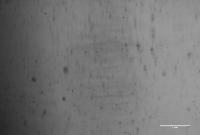
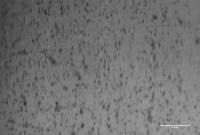
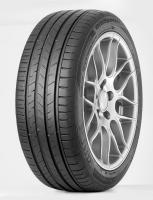
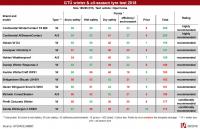

Comments